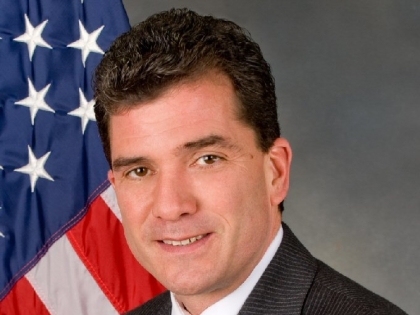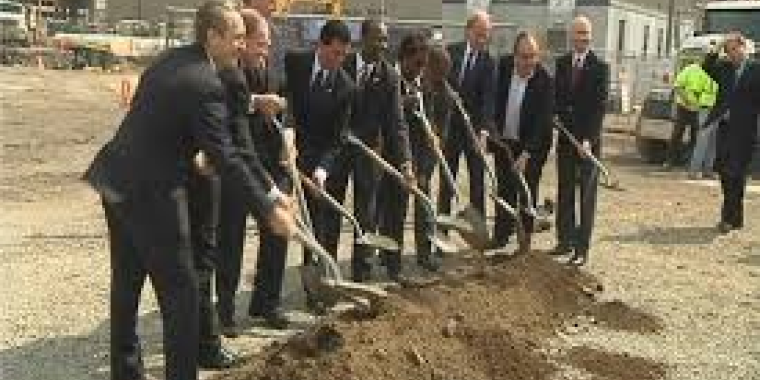In the aftermath of the 9/11 attacks on the World Trade Center, one of the most glaring problems that emerged was that emergency personnel did not have radio systems that could communicate with each other. This deficiency was responsible for hundreds of emergency responders not hearing the warning to vacate the towers. The deaths of these brave responders might have been prevented with the proper communication systems.
Following this tragedy, many states passed 911 cell phone surcharges dedicated to upgrading and making emergency communications systems “interoperable.” In New York State, such a surcharge was enacted with the goal of sharing these revenues with local governments. Today that surcharge stands at $1.20 per month on every user’s bill. Last year, $192 million was collected, with the amount expected to exceed $200 million in 2012.
As years passed, more and more of these proceeds found their way into the state’s General Fund rather than shared with local governments. In fact, up until this year, New York State has seen fit to share only 5 percent of this surcharge with local governments, which have been forced to rely on local property taxes to pay for these improvements.
Some help is on the way. For the 2012-2013 budget, the Legislature and governor agreed to increase sharing from this fund to $75 million. This is certainly a step in the right direction, but more needs to be done on a recurring basis to assist local governments with delivering this critical service.
This is why I have proposed legislation that will increase the amount of revenue shared with local governments from this surcharge to 58.3 percent annually. This would dramatically increase the shared amount and also give local governments a regular source of funding.
But just increasing the sharing to 58 percent doesn’t solve the entire problem. Currently, federal legislation allocating communication funding often requires that in order for a local government to apply for these dollars, its state must share 100 percent of cell phone surcharges. By not sharing these funds, the state is blocking local access to federal funds.
Although my legislation, which is supported by the New York State Association of Counties, would dramatically increase communications funding to our first responders, we must find a way to share all of this revenue with local governments so our localities have the ability to receive federal communications funds.
The cost of upgrading communications is not likely to decrease and our first responders deserve every source of revenue available. The current system shorts them with state funds and then forces them to watch their federal tax dollars going to other states. My legislation will be the first step to rectify this problem and deliver needed revenue to a life-saving service.
Mark J. Grisanti, R-Buffalo, represents the 60th State Senate District.
http://www.buffalonews.com/editorial-page/from-our-readers/another-voice/article813069.ece



